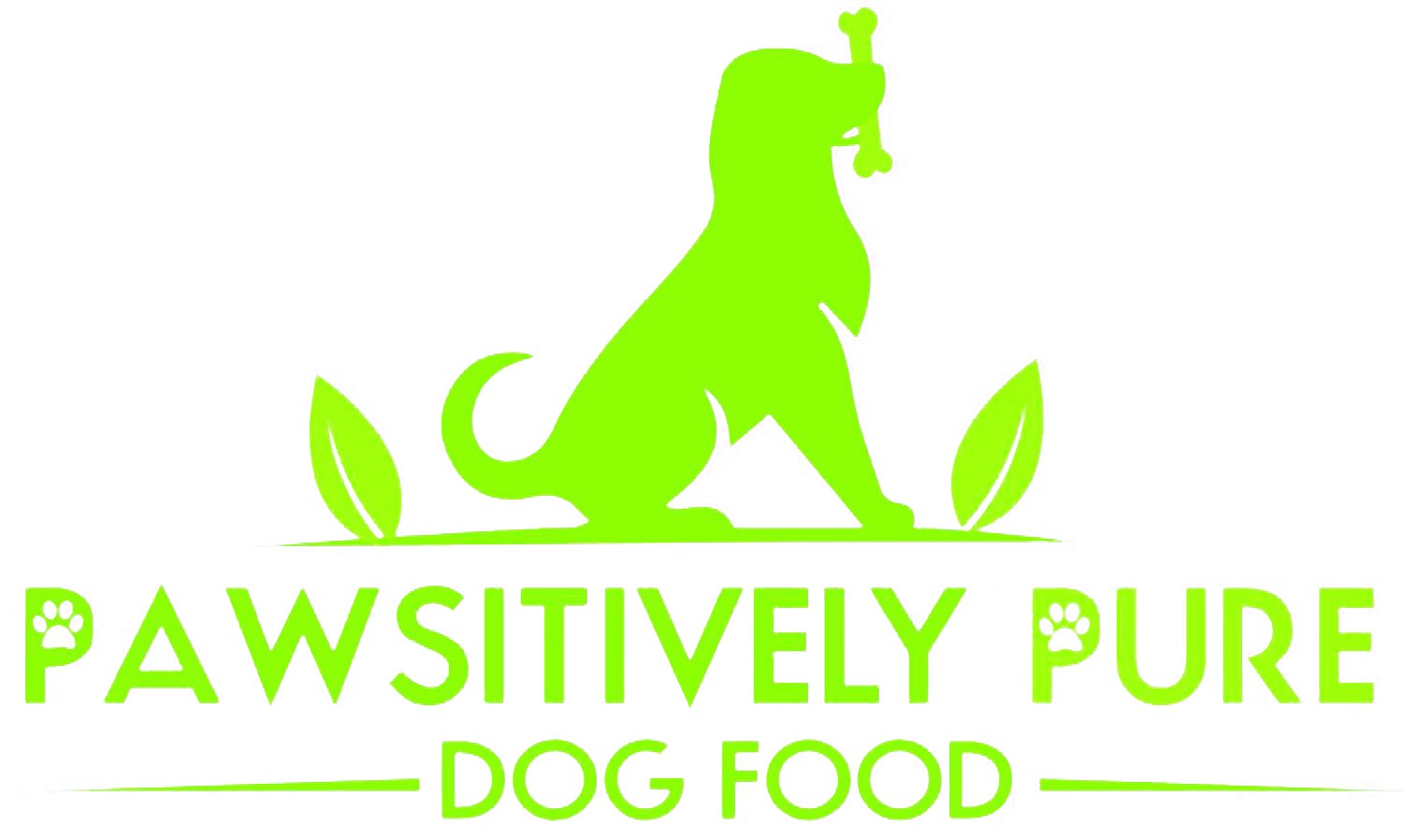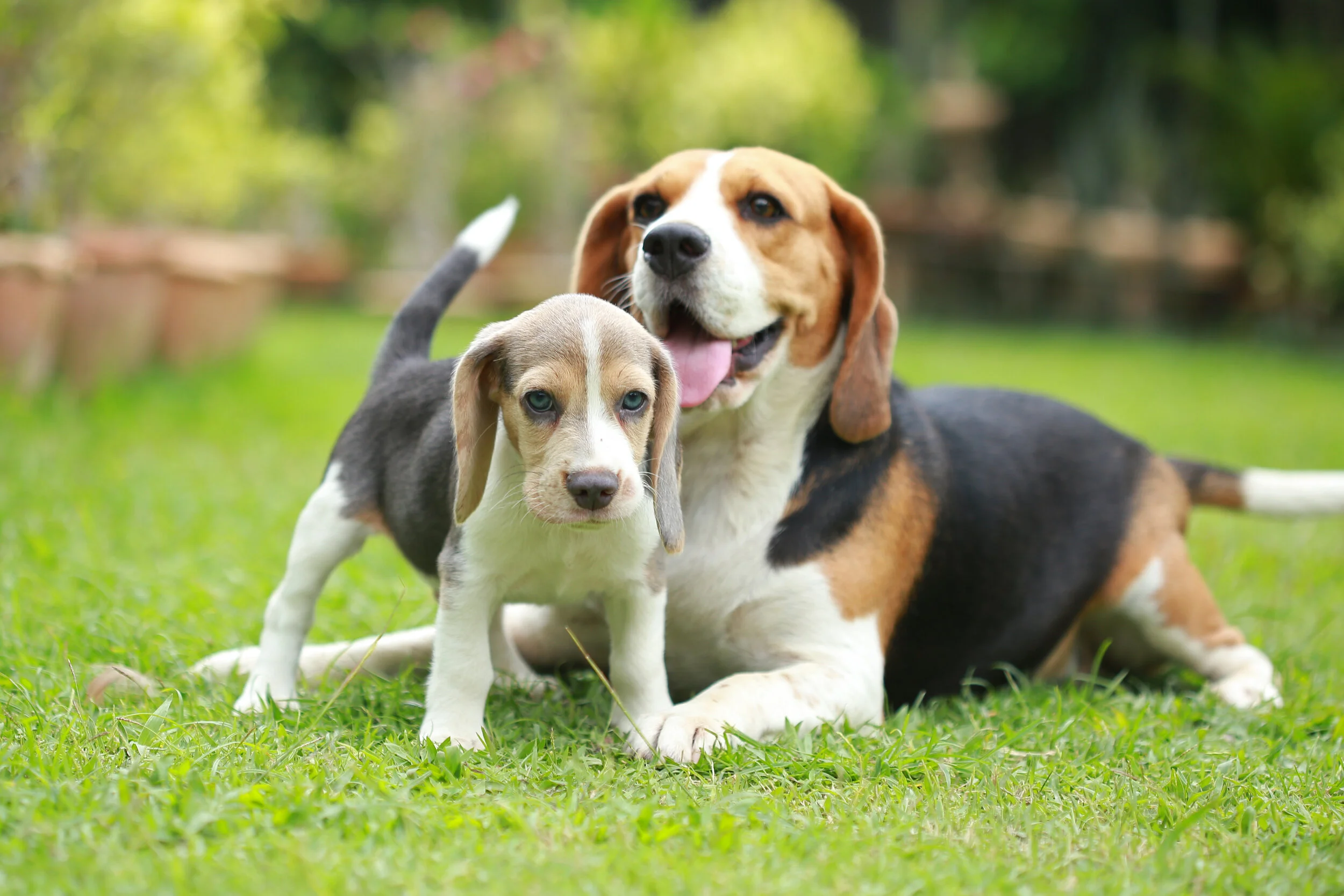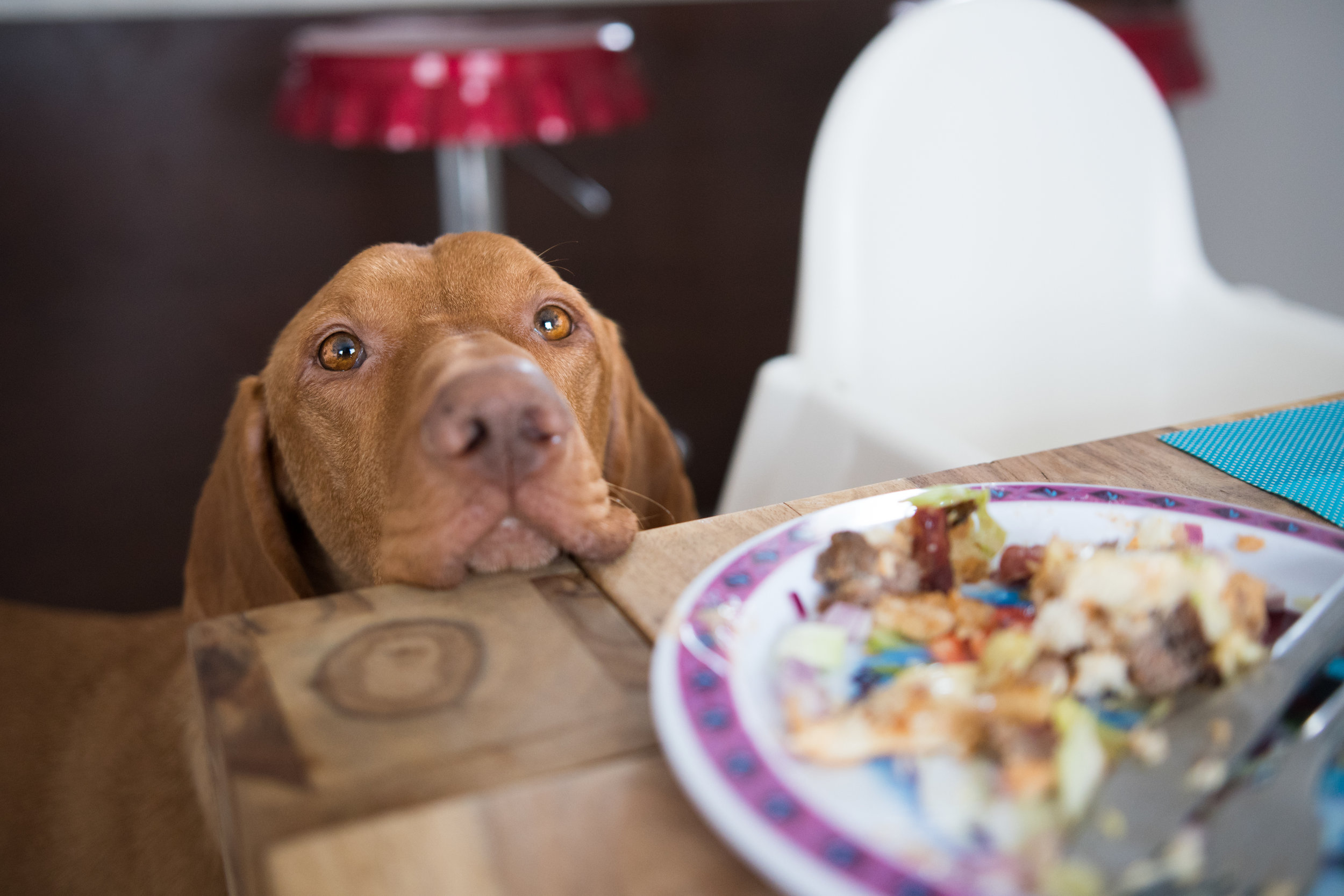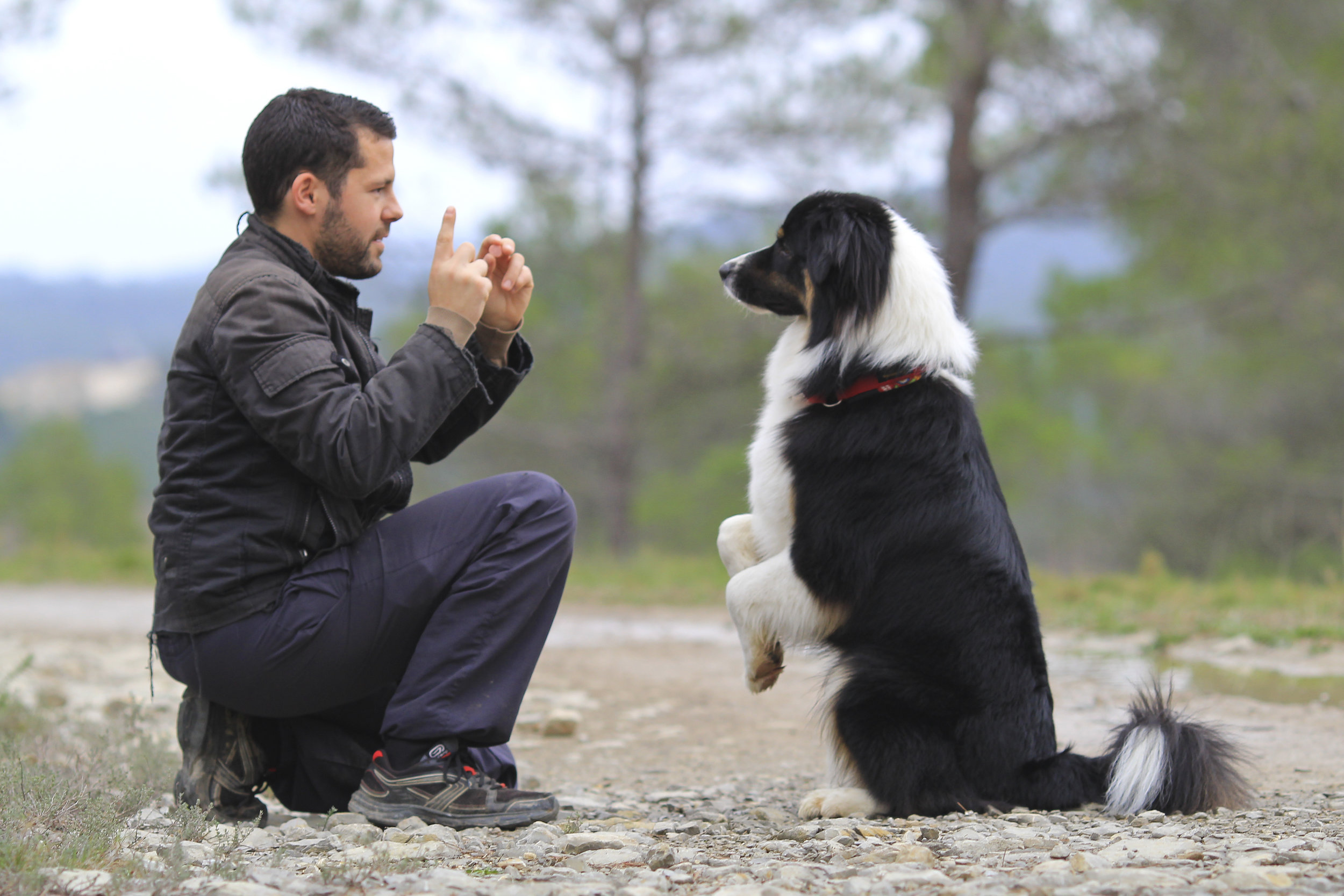Just like human children do, your dogs go through a number of transitions as they age from puppyhood to adulthood. They learn important skills, they meet and interact with their peers, and they get more familiar with your rules and expectations. Along their journey, you learn a lot, as well! You discover how to communicate with your dog, how to read their body language, and how to work with their unique likes and dislikes.
What’s also similar between dogs and humans is that if your puppy meets certain key landmarks when they’re still young, they’ll have an easier time transitioning to adulthood. Here are a few of the things you should do now to help your dog live a well-adjusted adult life:
Make sure your dog has had plenty of opportunities to socialize with other dogs. Watch their behavior in group settings and one-on-one settings with other dogs. Be sure to monitor their behavior in a variety of situations, like when food is present and when toys are involved. By identifying aggressive play behaviors at an early age, you can correct the issues so your dog has no issues being out in public.
Learn to read your puppy’s “signs.” Every dog will give you signals about their needs and wants in unique ways. It’s important to learn how your dog signals that they need to go outside so you can allow them to eliminate before it becomes a desperate situation. It’s also important to pay attention to the signs that your dog isn’t feeling well. Dogs tend to hide their illnesses as an instinctive measure to protect them in the wild.
Socializing with humans is just as important as socializing with other dogs. Your dog will need to be prepared to interact with the veterinarian, the mailman, and people passing you on your daily walks. Make sure your dog is familiar with human touch and gets interaction with people of all different ages, including children (if you can do so in a safe situation!).
Training your dog isn’t just for you to be able to show off his cool tricks. A healthy training regimen during puppyhood can help your dog transition easily into a happy, healthy adulthood. And with a happy dog in your household, the whole family will have something to smile about every day. Need to stock up on treats to help the training process? Shop our delicious, human-grade treats here.





